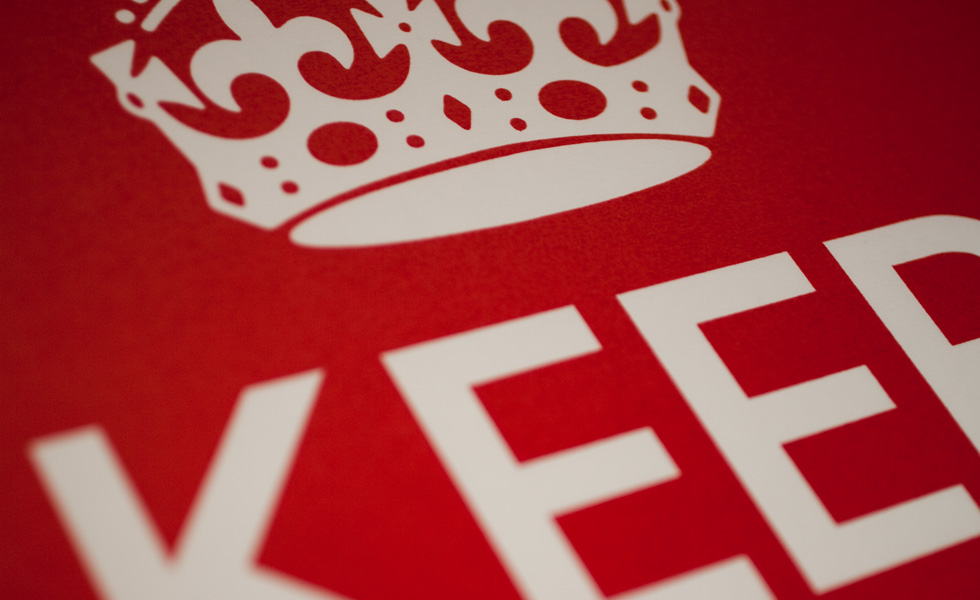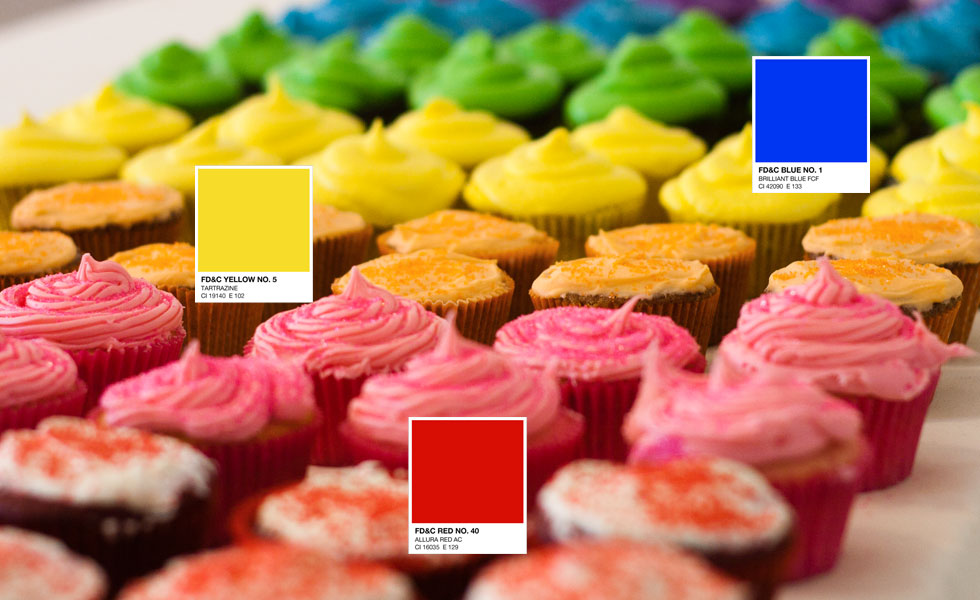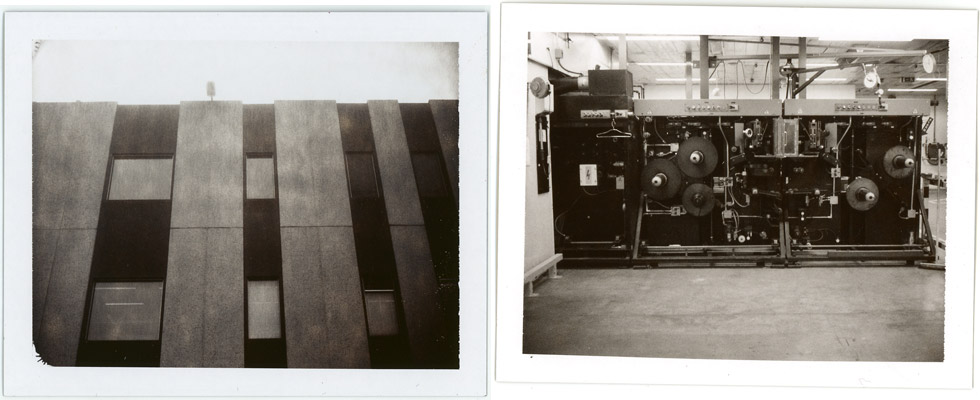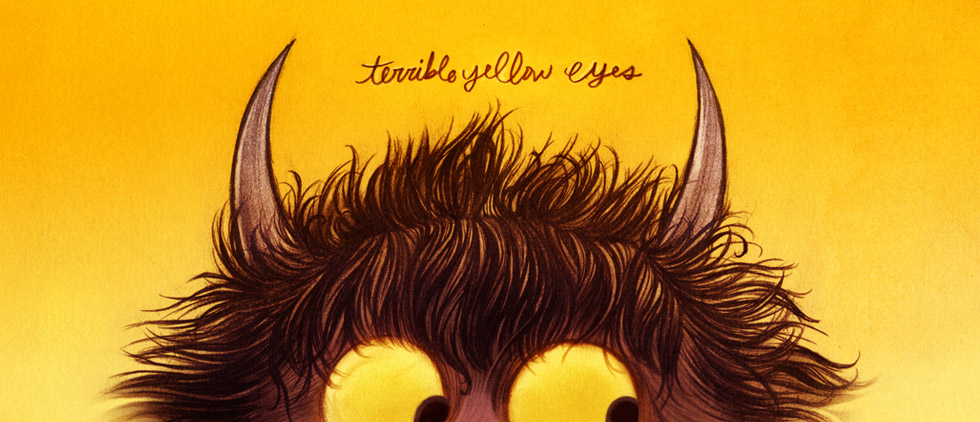Comments: +
June 14 2011

We’ve all seen it. It’s on posters, T-shirts, pillows, notebooks, buttons and iPhone cases.
There are multiple Tumblr blogs dedicated to its multitude of variants: “Keep Calm and Use the Force,” “Keep Calm and Carry On My Wayward Son,” “Keep Calm and Beam Me Up Scotty.”
As a designer I am visually assaulted and overwhelmed by the enormous amount of adaptations the “Keep Calm and Carry On” print has seen. However, upon searching deeper into the mystery of this culturally iconic print, there's a history filled with war, panic, and invasion.
Filed under: culture
Comments: +
April 21 2011

As designers, we know color is important. But when food is your medium, color can be powerful enough to influence taste—and affect health.
Say hello to Blue No. 1, Yellow No. 5, and Red No. 40.
These numbers make up part of an artificial color palette approved by the United States’ Food and Drug Administration. First introduced in 1906, the FDA’s Pure Food and Drug Act (and later the Food, Drug, and Cosmetic Act) was put in place to ensure the safety and wholesomeness of food products. Before this, more than eighty dyes were used to color food, without regulation—the same dye could be used to color both clothing and candy.
Filed under: culture
Comments: +
June 25 2010

The Motor City... Motown...City of Champions... Hockeytown... Rock City...
These are a few of the heartfelt metonyms for Detroit, Michigan. A city that has suffered such highs and lows in its recent history that its residents are now calling for a sea change.
One resident calling for that change is Detroit’s mayor, Dave Bing. Bing and his staff have initiated a bold plan to reshape the city in ways that there is little precedent for. Once boasting a population of almost two million, Detroit’s 2010 census is feared to fall below 800,000. Top that with an economic collapse, a battered automotive industry and new reports that Motown’s unemployment rate is hovering around 14%, there is little dispute that this city needs some help getting back on its feet.
Filed under: culture
Comments: +
March 23 2010

An estimated one billion people will turn off their lights for one hour this Saturday to support Earth Hour 2010.
Organized by the World Wildlife Fund (WWF), Earth Hour has become a global event which aims to take action on climate change. Held annually on the last Saturday of March, participants are asked to turn off their lights and any unnecessary appliances for one hour, between 8:30 and 9:30 PM local time.
Filed under: culture
Comments: +
March 4 2010

Last week, Milton Glaser became the first ever graphic designer to win the National Medal of Arts.
Glaser and eleven others were presented the award in a ceremony hosted by President Barack Obama on February 25th. Perhaps best known for his I Love New York logo, Glaser was cited for “a lifetime devoted to improving the way people communicate through innovation in graphic design, and for memorable visual artifacts that challenge contemporary artists and delight all Americans.”
The legendary graphic designer described the event firsthand during a live discussion this week with Chip Kidd, hosted by the Cooper-Hewitt Design Museum.
Filed under: culture
Comments: +
February 25 2010

Graphic designer Haik Avanian has teamed up with an unlikely partner (his mom) to launch his latest project.
The project, ReKnit, turns old knit sweaters into fashionable handmade items like scarves, gloves, or hats.
It sounds a bit like magic: You send an old sweater to Avanian’s mom, she unravels and reknits it into a brand new one-of-a-kind item, and sends it back to you. Since knitting isn’t destructive, Avanian says the unraveling process is much like untying a knot back into its original state. Depending on how the sweater was assembled, it can take anywhere between thirty minutes to an hour and a half to reclaim the yarn.
Filed under: culture
Comments: +
January 22 2010

Mach3. Quattro. Fusion Power. Two centuries (and five blades) later, are razors any better today?
Industrial design is an industry that commands a lot of respect. The magic of transforming a new idea into a tangible, useful object is rarely lost on creative minds.
Gary Hustwit’s film Objectified, looked behind the scenes and revealed the hidden thought poured into everyday objects. In the film, designer Karim Rashid asked the audience to consider: “Why on earth could we have an uncomfortable chair?”
Filed under: culture
Comments: +
January 7 2010

Vending machines were like the pre-digital internet, where busy shoppers made purchases immediately, day or night. Why do we still love these mechanical outposts selling everything from pretzels to iPods? Perhaps it’s the joy of not having to deal with another human.
The internet is today’s default mode for millions of shoppers who buy everything from cars to groceries with a few quick clicks of the mouse, but the very first anonymous transaction originated with the vending machine. Invented by first-century Greek mathematician Hero to dispense holy water, vending machines didn’t see widespread use until the late 19th century, when they sold postcards and paperback books.
Filed under: culture
Comments: +
August 20 2009

When Polaroid abandoned its namesake instant cameras in 2008, The Impossible Project was formed to save the dying technology. Now The Impossible Project has teamed up with Urban Outfitters to offer the last Polaroid cameras ever produced.
After Polaroid’s production of analog instant film stopped in June 2008, the company’s factories in Mexico and the Netherlands were shut down. In response, a team of some of the world’s most experienced integral film experts came together to create The Impossible Project with a goal of bringing back film for vintage Polaroid cameras by 2010. The team purchased all the machinery and equipment at Polaroid's Dutch factory and signed a 10-year lease on the building (pictured above), but it won’t be as simple as flicking a switch…
Filed under: culture
Comments: +
August 12 2009

Spotted around New York City, Aakash Nihalani uses brightly colored tape to create a new perspective on the streets around us.
The street art, which Nihalani admits is typically done with little to no planning, is created primarily using isometric rectangles and squares. Connecting the dots found in the unexpected contours and geometry of the city, the work playfully highlights the ordinary sites we pass by (and ignore) everyday.
Filed under: culture
Comments: +
July 20 2009

Leading up to this fall’s big screen adaptation, there is growing interest in Maurice Sendak’s classic book Where the Wild Things Are. With that comes Terrible Yellow Eyes, an online gallery of illustrations inspired by the beloved story.
The website, launched this May by artist Cory Godbey, features a growing collection of work from a wide range of contributing artists. The book has always been one of my favorites (President Obama too) so it is wonderful to see each artist’s unique take on the highly imaginative world created and illustrated by Sendak himself in 1963.
Filed under: culture
Comments: +
June 26 2009

Michael Jackson may have been more famous for his eccentricities as the years went by, but at the height of his fame, it was his music and talent as an entertainer that inspired a generation; including many of today's most talented artists.
As a tribute to the recently passed ‘king’, we've collected some of the defining marks he left on popular culture, believing that the creative spark of one artist can light a flame for many others.
Filed under: culture